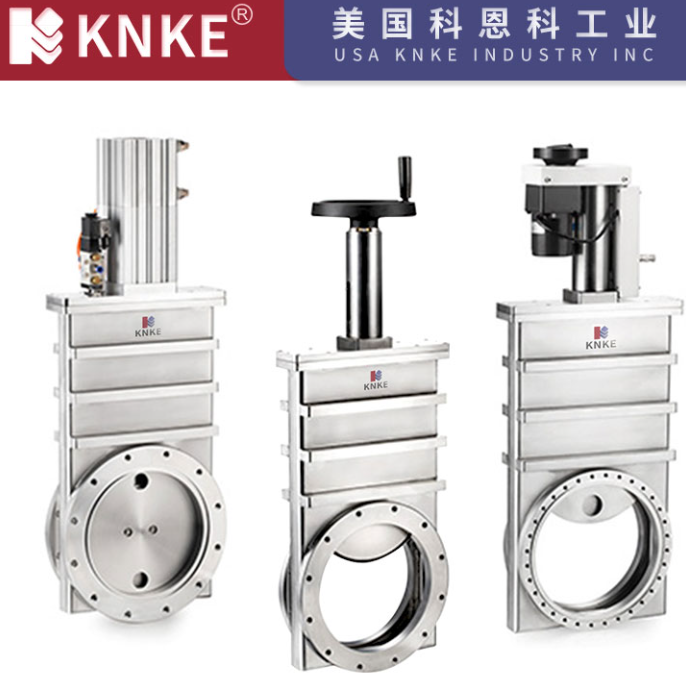Reasons and Solutions for Valve Leakage When Closing
In industrial pipeline systems, valves serve as critical components for controlling medium flow. If a valve fails to close tightly, it may lead to medium leakage, unstable system pressure, or even safety hazards. This article analyzes common causes of valve closure failure and provides targeted solutions based on valve structural principles and practical working conditions, offering references for equipment maintenance.

I. Common Causes of Valve Closure Failure
- Foreign Matter Jamming the Sealing Surface
Solid particles, welding slag, rust, and other foreign matters in the medium easily deposit at the bottom of the valve or embed between the disc and seat, preventing the sealing surfaces from fitting tightly. This issue is particularly common in newly installed pipelines or systems with poor medium cleanliness. - Medium Crystallization or Solidification
When the medium contains crystallizable components (such as salts or high-viscosity substances) or solidifies at low temperatures, crystals may adhere to the sealing surface, damaging its sealing performance and causing closure failure. - Sealing Surface Damage
- Corrosion and Wear: Long-term exposure to corrosive media or frequent switching can cause dents, grooves, or oxidation layers on the sealing surface, rendering it ineffective.
- Scratches from Hard Particles: High-velocity flow of media containing particulate impurities may scratch or locally damage the sealing surface.
- Mechanical Connection Abnormalities
- Loose Stem-Disc Connection: Loosening, falling off, or wear of the connecting bolts between the stem and disc can cause the disc to shift, failing to align with the center of the seat.
- Rusted Stem Threads: Stem threads exposed to a humid environment for a long time are prone to rust and jamming, preventing the valve from closing fully.
II. Targeted Solutions
(1) Emergency Inspection and Preliminary Handling
- Confirm Closure Status
First, check whether the valve handwheel or actuator is fully tightened or in place to rule out false leakage caused by improper operation. - Attempt Foreign Matter Removal
- If foreign matter jamming is suspected, open and close the valve 2-3 times repeatedly to flush out the foreign matter with fluid impact or disc movement.
- For manual valves, gently tap the valve body (avoid damaging the sealing surface) to help dislodge the jammed matter.
(2) Cause-Specific Resolution
- Foreign Matter Removal
- If repeated opening/closing is ineffective, disassemble the valve to remove foreign matter from the inner cavity, sealing surface, and flow channel, and flush with kerosene or clean water.
- It is recommended to install a filter upstream of the valve and clean the filter element regularly to reduce foreign matter entry at the source.
- Handling Medium Crystallization
- For crystallizable media, adopt trace heating and thermal insulation measures (such as steam tracing or electric heating tapes) to prevent medium solidification.
- If crystallization has occurred, flush the sealing surface with hot water or steam to thoroughly remove crystals before retesting the closure.
- Sealing Surface Repair
- Minor Damage: For detachable sealing pairs (e.g., gate valves, globe valves), use lapping compound to grind and polish the sealing surface until the surface roughness meets the standard (typically Ra ≤ 1.6μm).
- Severe Damage: If the sealing surface has penetrating scratches or extensive corrosion, return the valve to the factory for surfacing, turning, or replacement of the sealing pair; consider replacing the entire valve if necessary.
- Mechanical Connection Repair
- Inspect the connection components between the stem and disc, tighten loose bolts, and replace severely worn transmission parts (such as gears or stem nuts).
- For rusted stem threads, apply molybdenum disulfide grease or graphite powder, and rotate the stem repeatedly until it operates smoothly. Replace the stem with a stainless-steel one if necessary to enhance corrosion resistance.
(3) Systematic Maintenance Recommendations
- Regular Maintenance: Establish a valve maintenance log to inspect sealing surface wear, stem lubrication, and connection tightness quarterly.
- Medium Monitoring: Regularly test the composition and cleanliness of the medium. For systems with high-impurity or high-corrosion media, shorten the valve disassembly and cleaning cycle.
- Spare Parts Management: Stock common vulnerable parts such as valve sealing pairs and stems to respond quickly to failures.
III. Precautions
- Ensure the valve is depressurized before maintenance. Never disassemble high-pressure valves under pressure.
- For automatic valves (e.g., electric or pneumatic valves), cut off the power source and switch to manual mode to avoid accidental operation and safety risks.
- If leakage persists after self-repair, contact a professional maintenance team or the valve manufacturer immediately. Do not force the valve open/close to prevent worsening the fault.
Valve closure failure is a common issue in industrial production, often rooted in medium characteristics, sealing surface conditions, and mechanical connection reliability. Through a full-process management approach of “inspection-analysis-targeted treatment-prevention,” not only can current faults be resolved quickly, but the recurrence rate of similar issues can also be reduced through systematic maintenance, ensuring the safe and stable operation of pipeline systems. Timely detection and resolution of valve leakage hazards are key to avoiding major accidents and improving production efficiency.
